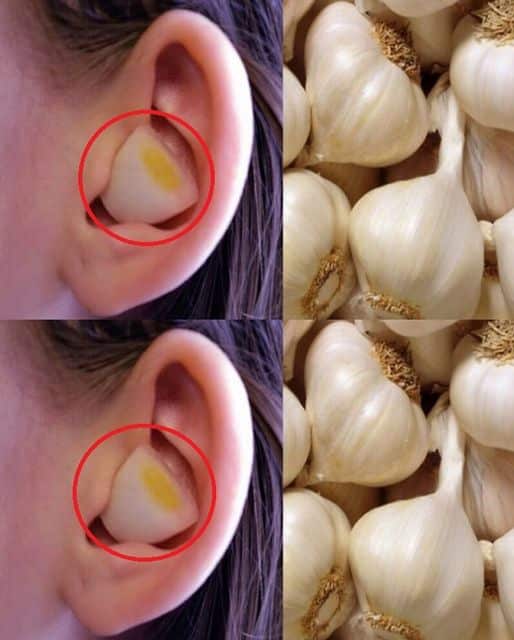Garlic, known for its distinctive smell and taste, stands as one of the most effective natural remedies.
Beyond its culinary uses, garlic, or Allium sativum, hailing from the Liliaceae family and originating in Central Asia, has captured the interest of scientists for its potential health benefits.

Its rich composition of organosulfur compounds, antioxidants, and the key active compound, allicin, renders garlic a valuable ingredient in natural remedies.
The Multifaceted Benefits of Garlic:
Garlic is a powerhouse of nutrients, including potassium, calcium, magnesium, phosphorus, and vitamins C and B9. It is believed to offer cardio-protective effects and possesses anti-inflammatory, antimicrobial, antifungal, and antiseptic properties.
Additionally, it is thought to thin the blood, combat certain cancers, reduce diabetes, and provide cosmetic benefits for hair, nails, acne, and warts.
Garlic is particularly notable for its effectiveness in preventing and treating a range of infections by combating various pathogens. These include:
- Helicobacter Pylori (H.Pylori), known for causing digestive issues.
- Candida, a yeast linked to fungal infections and skin disorders.
- Staphylococci, associated with food poisoning and gastroenteritis.
- Escherichia coli (E.Coli), an intestinal bacterium.
- Herpes virus, affecting skin and mucous membranes.
- Influenza A and B viruses.
- Oral streptococci, linked to tonsillitis and dental caries.
- Vibrio, the cause of cholera.
- Rhinovirus, related to respiratory tract infections.
- Trichophytons, fungi causing athlete’s foot.
- Rotavirus, typically causing gastroenteritis in infants.
- Scedosporium prolificans (S. prolificans), a fungus responsible for severe infections.
- Giardia, causing the parasitic disease giardiasis.
- Salmonella, a bacterium causing food poisoning.
- Using Garlic for Its Medicinal Properties:
To harness garlic’s medicinal benefits, it should be chopped or crushed to activate its allicin.
It can be consumed raw, mixed with oil or honey, added to salads, rubbed on toast, or inserted into meats towards the end of cooking. However, cooking garlic diminishes its nutritional profile, as heat neutralizes allicin and reduces antioxidants.
Externally, garlic can be used in poultices and oils.
Pro Tips and Warnings:
- To mitigate garlic-induced bad breath, chew on parsley leaves, licorice, or anise.
- Excessive garlic consumption can lead to heartburn.
- Topical application should be limited to targeted areas to avoid irritation, burns, or allergic reactions.
- Garlic is not recommended for individuals on anticoagulant treatments or post-surgery.
- Garlic remedies, whether oral or external, are not advised for children without medical consultation.
Garlic’s multifunctional role in health and wellness, particularly against various infections, underscores its significance as a natural remedy. However, it’s crucial to use it judiciously and seek medical advice when needed.

